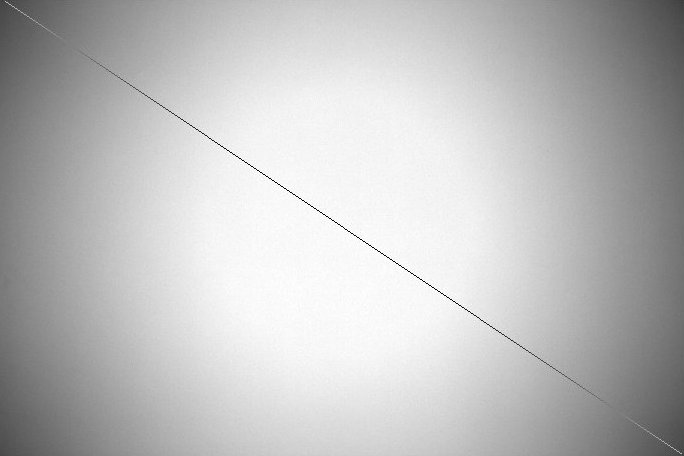|
Advertisement / Annons: |
Project:
|
Contents:
Note: |
Analyzes of vignetting from my lenses and telescopes1. Introduction to vignetting:Vignetting in the optics is very annoying, you can correct it with flat frame calibration. But still, the signal is lower at the corner and when calibrating the image you amplify the signal in the corners and get more noise there. I have tried to overcome or reduce this problem by using medium format lenses and telescopes with big size field flatteners. In my case I use a full frame sensor but try to have it ready for bigger sensors in the future. A typical vignetting looks like this, note the darker corner where the signal strength falls. The object is a flat even lighted screen: 
In this case the signal has fallen to 50 % or 1 EV compare to the center. More to read about vignetting at Wikipedia:
This is a very simple test I have done, I use the master flats and do analyze of them for the different lenses and telescopes I have. The master flats has the bias subtracted. I have done a measurement of the signal across the sensor from one corner to the opposite. Vignetting is normally worst in the corners and I compare that corner signal with the signal in center. I normally use a full frame camera, the size of that sensor is 36 x 24 mm and make it hard for the optics to do a good job. The sensor's corners is 22 mm of from the optical axis. The tools I have used for the analyze is Fitswork and Irfanview.
|
|